The Design Process: How Do You Get Started?
Sometimes the toughest part of a new project is actually getting started. In fact, just this small step can be a process in itself.
As designers, we all have different processes and habits, but there are a few common things that everyone can do to make getting started that much easier (and hopefully result in more efficient use of time, and a better end result).
Understand Your Project
The first step is to know what you are designing and who you are designing it for. Sounds easy, right? But it can take some work on your part. You should spend some time getting to know your project. What is the outcome you hope to have? Are there conversions or goals that determine the success of the project? How can the design influence that?
But, your questions shouldn’t stop there… How should this design project influence an audience? Are you targeting a sale, sharing information or something else? What pieces or parts does this design work involve? Is is print, digital, web-based or a combination of mediums? Where the final project will appear? (the formats used can really make a difference as to how you proceed, affecting everything from color to font selection).
How much time do you have to complete the project from start to finish? Understanding deadlines and timetables is essential. And if you can’t stay on schedule, don’t take on the project.
Determine associated costs as well. Is everything you need for the project provided – fonts, tools, etc. – or will you have to purchase some extras? If you are working on a contract or freelance basis, this is especially important.
Do a Little Research
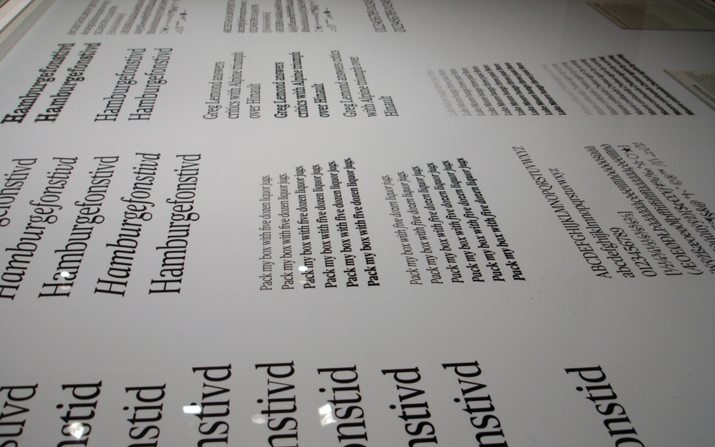
Even if you think you have a good idea about what your project entails, do some more research. For existing brands/concepts, what are they doing now in terms of design? What do they love or hate about it? What’s the personality of what you are trying to create? Fun? Formal? Funky?
Then look at the market that this project is aimed at. What kind of vibe, attitude or feel does it have? There are the two main concepts you will try to marry in the completed design project.
Tools to Gather
Once you have a good idea of what the design project is, it’s a good idea to gather up all the tools you will need to proceed. And get everything you don’t need out of the way. Make sure your tools are ready to use and accessible.
Here’s a small checklist to help you get started:
- Pens and paper for sketching
- Camera (if photos will be taken)
- Color or font swatches (either online or in physical form)
- Brand style guide (if necessary)
- Update all software and create folders on your computer
- Set color, font and style palettes for the project
- Measurement tools – ruler, pica pole, etc.
- Paper samples to refer to for print projects
- Project specifications – size, shape, orientation, bleed (for print projects)
- Contact information, who to talk to during the project and where to send proofs and the final product
Create a Workspace
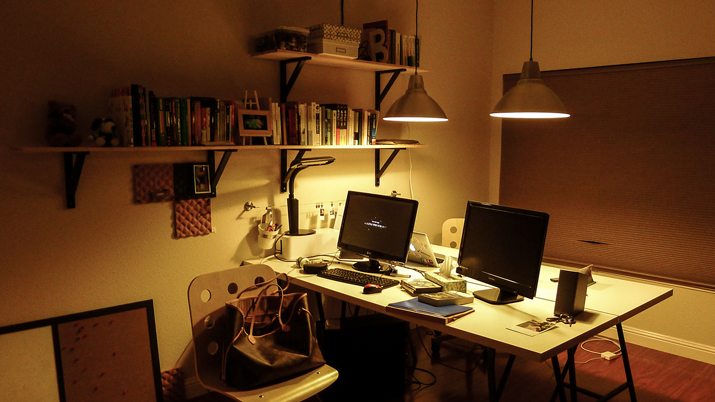
One you have all your tools in hand, create the type of workspace that helps you work efficiently. Personally, I like to clean my desk and start every project with a pristine space. (By the end of the project though, my desk will be a complete mess.) I also create a playlist that matches the mood of my project — for some reason, that seems to encourage the “right type” of creativity.
Most important though is getting rid of parts, samples and pieces from unrelated projects. It is easy to get a paper sample or similar color swatches confused, and clearing your workspace of these items can be a huge timesaver at the end of the day.
Also look at clearing your computer workspace. Maintain a filing system so that projects are labeled and separated in to folders that mimic the way you work. Storing files on your desktop is not an efficient way to work and will cost you hours of cleanup time once the project is complete.
Free Your Mind
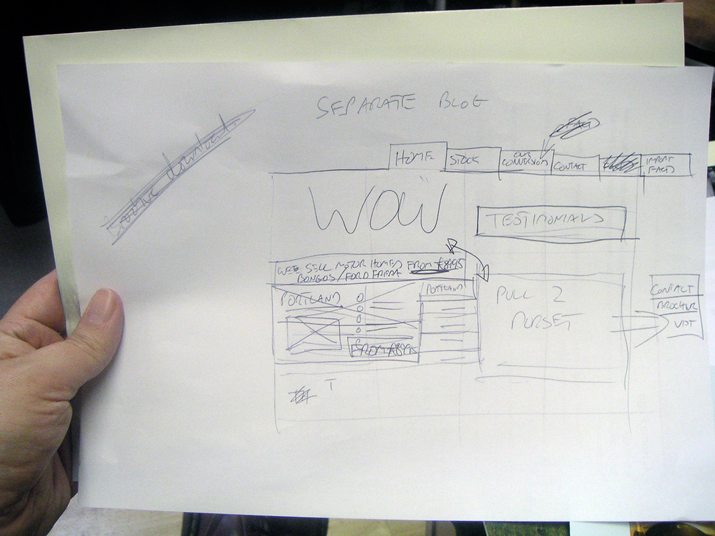
Now that it’s time to get started, clear your mind of past projects. Make sure other items are where they should be in terms of deadline or progress so you can get started on something new without worrying about outstanding work. I like to start with a little music and a re-reading of the project outline or proposal.
During that process, I will often sketch out some ideas as I read or make lists of things that might work for the project – fonts that might work, color ideas that pop into mind, imagery the project brief makes me think of. And then I take a walk. Seriously.
Now that everything is bubbling around your head, doing something unrelated to the work can really get the creative process going.
Create
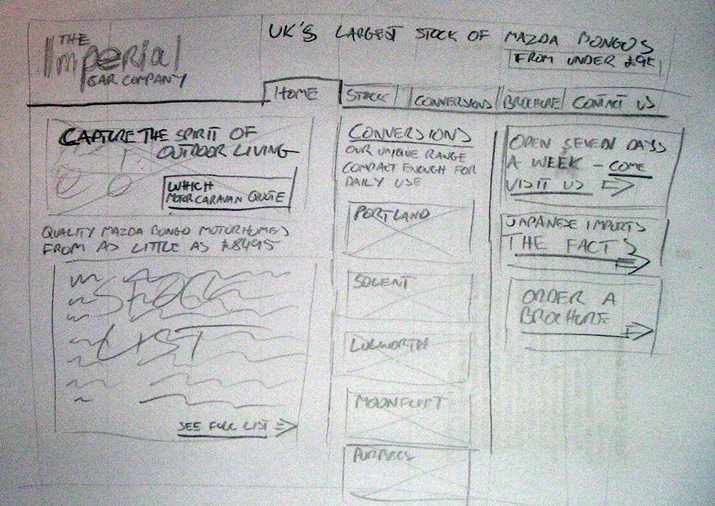
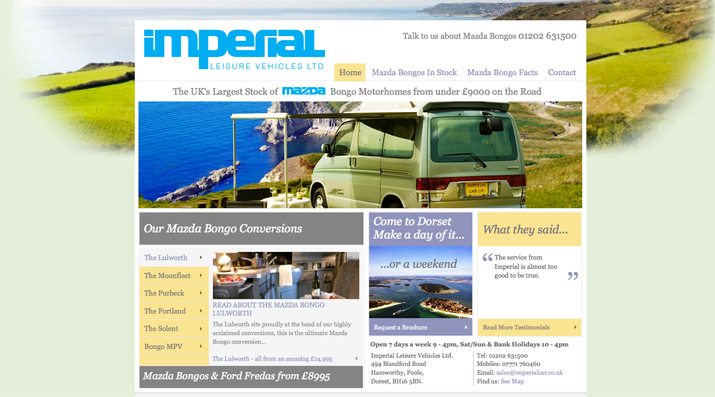
Finally, it’s time to sit down and actually start designing. Whether it is on paper or computer, let all the ideas that you have started come together. Dump all the pieces and parts onto your canvas and go.
And if you run into a roadblock along the way, back the process up a step or two. Nothing can help designer’s block like a going for a good walk or listening to a favorite song or even reading the project proposal again for renewed perspective.
Revise, Revise, Revise
The most important part of the actual design process is revisions. Seldom is your first idea or concept the best. Keep working, changing and revising as you go. Work up multiple concepts and pull parts from each as you move toward a final product.
Make sure to work with the rest of the team (if you have one) or communicate with the client throughout the process to make sure the project is taking the appropriate shape. Revisions are an essential and important part of the process. Embrace it.
I also rarely throw away or delete previous revisions or submittals of project ideas. Sometimes a client will refer back to an early version and something they liked that got eliminated in the process or you may find that something that does not work for one project is perfect for another. (I keep all of these elements in a “Missed Opportunities” file and refer to it often.)
Conclusion
Getting from an idea to a final design can be a pretty exhausting process. For some projects it can be easier than others.
But the key to completing any successful project lies in the preparation. Create a “getting started” routine for yourself that helps you get in the right mindset and work through new projects with ease and efficiency.
Do you have any other tips or suggestions for getting started on a new design project? Feel free to share them in the comments.
Image Sources: Jordanhill School D&DT Dept., Adrian Howard, Imperial Leisure Vehicles, gigijin and Alan K. Wu.